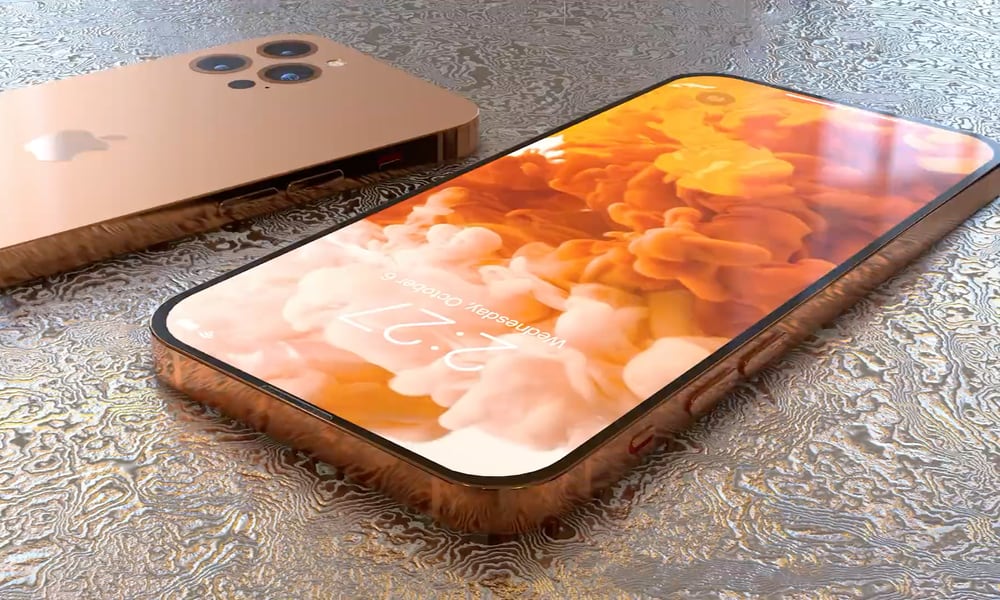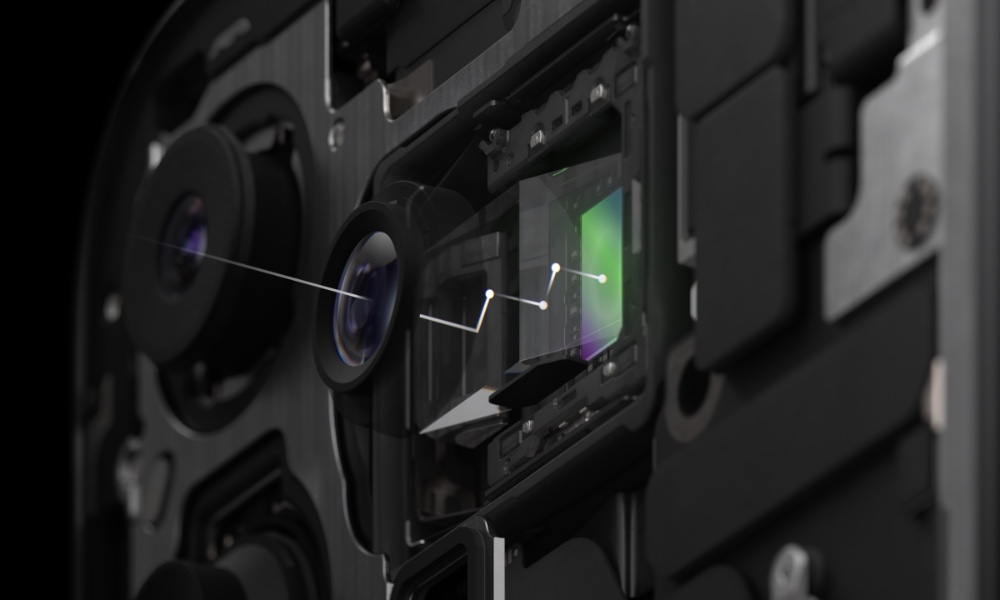The iPhone 16 Pro Could Get an Even Brighter Screen
 Credit: ConceptsiPhone
Credit: ConceptsiPhone
Toggle Dark Mode
While we’re already expecting bigger screens on this year’s iPhone 16 Pro models, it turns out they could be brighter, too.
A new supply chain report from South Korea’s ETNews (via MacRumors) claims that Samsung is ramping up mass production of a new class of high-performance displays earmarked for the iPhone 16 Pro and iPhone 16 Pro Max.
Despite the rivalry between the iPhone and Samsung’s Galaxy S-series smartphones, Samsung’s Display division has long been a key supplier of OLED panels for Apple’s premium iPhones. In this case, the displays in question are the next generation of Samsung’s “M” series OLED panels, dubbed “M14” to refer to the number of cutting-edge materials used to produce them.
These M14 panels have yet to be used on any other devices, although they’re also reportedly designated for Google’s Pixel 9 lineup, which could beat Apple to the punch since those are expected to be unveiled in August, a few weeks before Apple’s typical September schedule for the iPhone 16 Pro reveal.
There’s not a lot of info on the exact specs of these M14 panels, although a separate leak earlier this year claimed the iPhone 16 Pro would gain 20% in SDR screen brightness, reaching 1,200 nits versus the 1,000 nits of the iPhone 15 Pro.
The new screen technology may be part of the reason for some of the production delays we heard about in late May, although by all reports, Apple has since given Samsung the go-ahead for the new screens. In addition to the M14 design, the iPhone 16 Pro and iPhone 16 Pro Max are using new Border Reduction Structure (BRS) technology that should produce the narrowest bezels we’ve ever seen on a smartphone, creating what one leaker has called a “borderless sci-fi form factor.”
The displays on this year’s pro models are also expected to grow to 6.3 inches and 6.9 inches for the iPhone 16 Pro and iPhone 16 Pro Max, respectively. The reduced bezels will account for some of that, although early renders reveal that the phones will also grow slightly to make room for the larger screens.
In the case of the smaller iPhone 16 Pro, that extra space is believed to be partly to help make room for the tetraprism lens that brought a 5x zoom to the iPhone 15 Pro Max. This would put the cameras and lenses in both Apple’s iPhone Pro models back on par this year.

Between the promise of near-invisible bezels, an increase in size to 6.3 and 6.9 inches, and a brightness boost, the iPhone 16 Pro lineup may represent the most significant display quality boost we’ve seen since Apple went to 120Hz ProMotion OLED panels in 2021. Sadly, there’s less hopeful news for the standard iPhone 16 and iPhone 16 Plus models, which are widely expected to retain the same 60Hz refresh rate and larger bezels. However, it’s possible they could also see a similar increase in brightness over their iPhone 15 predecessors.
The good news is that the iPhone 16 and iPhone 16 Plus won’t be left behind in the performance department. Both are expected to feature a nearly identical A18 chip to what Apple is putting into the pro models. That should give them the ability to handle the same console-quality games as the iPhone 15 Pro and, of course, the new Apple Intelligence features that are coming in iOS 18.
[The information provided in this article has NOT been confirmed by Apple and may be speculation. Provided details may not be factual. Take all rumors, tech or otherwise, with a grain of salt.]









